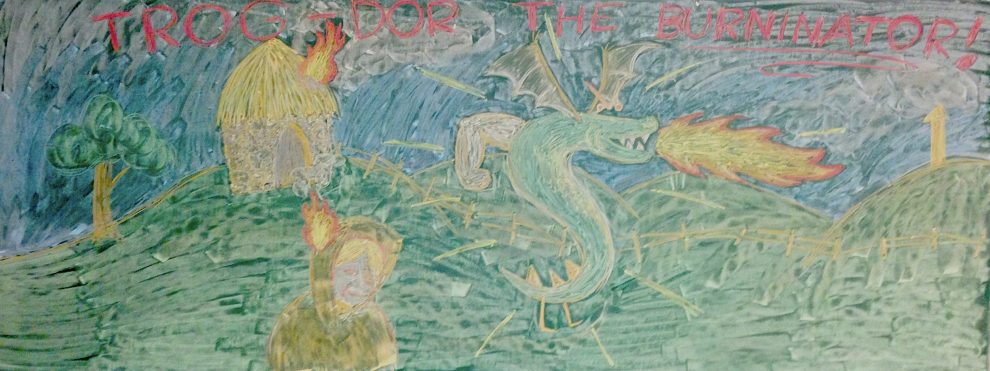To tackle the Twine project, I first started by writing out a story on a Word document. I’m lucky in that I have created two other Twines before and I used to do some web development about 15 years ago. I don’t have a lot of code memorized anymore, but I understand how it functions and where to find resources.
There was a few new resources that I learned about, the coolest one being Google Fonts. I also used to use the colour picker in Photoshop for hex codes, but I don’t currently have a license for that so I can’t open the program, but I found out that Google has one built into the search function.
I didn’t know what I was going to write about at first, but eventually came up with talking about something important to my childhood. I did try to spend more time on style sheets this time. I also tried the hyperlinking footnotes as described by Bolter (2001). This expansion was not something I thought of before and opened up some fun possibilities.
If I were to evaluate my Twine using the SAMR model (Puentedura, 2014), then I would say that it is currently at the Augmentation stage as I have written a story and added some footnote hyperlinks and images, but I haven’t really challenged the medium in any significant way. It is possible to reach the Modification stage as Twine takes traditional creative writing and adds the ability to have links images, and sound built in.

Twine is something that I would like to be able to improve on and perhaps do a creative writing project with my students one day. (Could make writing in French more fun!)
References
Chapter 3 of Bolter, Jay David. (2001). Writing space: computers, hypertext, and the remediation of print. New York, NY: Routledge.
Puentedura, R. (2014). Ruben R. Puentedura’s Weblog. Hippasus.com. Retrieved 20 March 2015, from http://www.hippasus.com/rrpweblog/
Files
ETEC 540 – Twine Task.html
ETEC 540 – Twine Proof Text.htm
